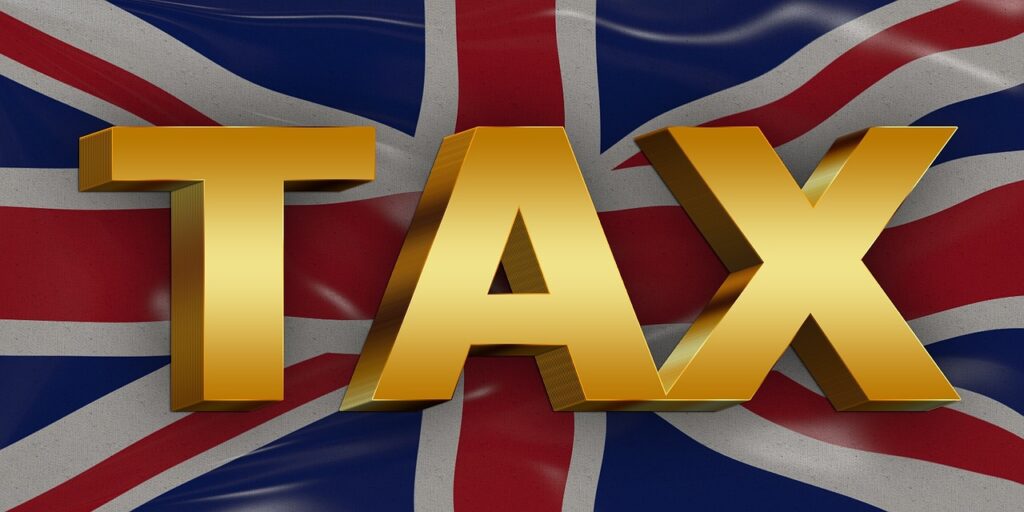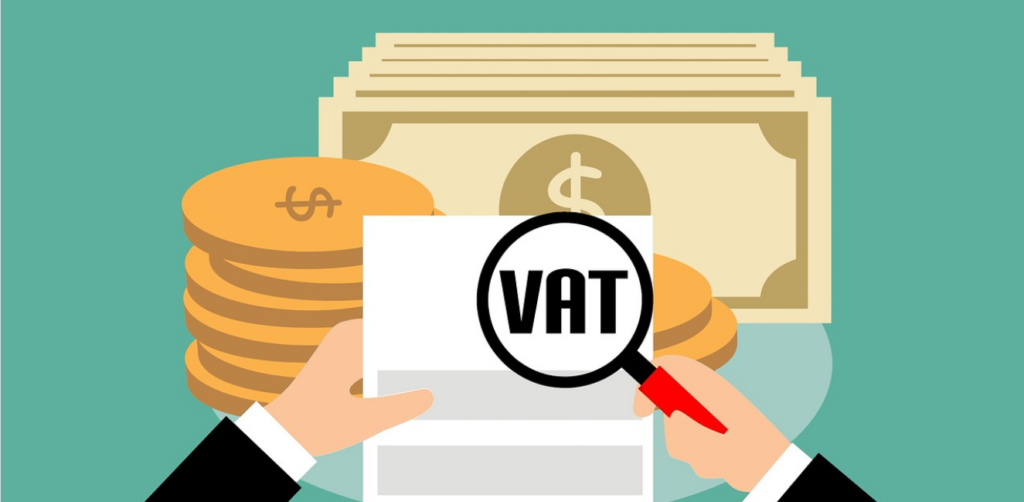
Property ownership in the United Kingdom brings with it a slew of financial responsibilities, including various property taxes that impact both homeowners and property investors.
Understanding these taxes is essential for making informed decisions about property transactions, investments, and compliance with legal obligations. In this comprehensive guide, we will delve into the intricacies of UK property taxes, their purposes, calculation methods, exemptions, and the effects of recent changes.
Chapter 1: Introduction to UK Property Taxes

As you embark on the journey through the intricate world of UK property taxes, this opening chapter serves as your compass, providing an illuminating overview of the terrain ahead.
Property taxes are not merely financial obligations; they are the threads that weave the fabric of real estate transactions, impacting individuals, businesses, and the nation’s economic landscape.
Property taxes are not to be underestimated in their influence. Whether you’re a first-time homeowner, a seasoned property investor, or a business owner with commercial holdings, understanding these taxes is paramount.
They wield the power to shape the cost structure and profitability of property dealings, making them an indispensable consideration for all stakeholders in the realm of real estate.
Chapter 2: Stamp Duty Land Tax (SDLT)

In this chapter, we embark on a deep dive into the intricacies of the Stamp Duty Land Tax (SDLT). Reverberating through the UK’s property landscape, SDLT stands as one of the most recognized and widely acknowledged property taxes. Yet, its multifaceted nature can confound even the most seasoned property enthusiasts.
We shall begin our journey by dissecting the very definition of SDLT and its intricate mechanisms. Through this exploration, you’ll gain a profound understanding of how SDLT functions and how it impacts property transactions, from residential homes to commercial properties.
SDLT is not a one-size-fits-all tax; it’s a labyrinth of rates and thresholds. We’ll navigate these complexities, unveiling the varying rates applicable to different property price brackets and the thresholds that trigger SDLT liabilities. This chapter will serve as your map through these intricate pathways.
Just as a labyrinth has its hidden passages, SDLT offers exemptions and reliefs that can alleviate the tax burden. We’ll uncover these hidden treasures and guide you on how to leverage them to your advantage.
Recent times have brought about seismic shifts in SDLT regulations. We’ll discuss the significant changes implemented during the COVID-19 pandemic and the implications for property buyers and investors. Understanding these changes is crucial for navigating the current property tax landscape.
As we journey through the pages of this chapter, you’ll emerge with a profound understanding of SDLT—a tax that has left an indelible mark on the UK’s real estate landscape.
Chapter 3: Capital Gains Tax (CGT)

Capital Gains Tax (CGT) is the silent partner in many property transactions, especially for property investors. In this chapter, we’ll embark on a comprehensive exploration of CGT in the context of property, equipping you with the knowledge needed to navigate this intricate tax.
We’ll begin by demystifying CGT—what it is, how it applies to property transactions, and the mechanics of calculating your CGT liability. This foundation will serve as the cornerstone of your understanding of this tax.
Understanding the rates and allowances applicable to CGT on property is essential for optimizing your tax liabilities. We’ll delve into the specifics of CGT rates and allowances, as well as guide you through the reporting and payment process.
Minimizing your CGT liabilities is a vital aspect of property investment. This chapter will equip you with a toolkit of strategies, such as tax exemptions and reliefs, to help you navigate the waters of CGT while optimizing your financial outcomes.
Chapter 4: Inheritance Tax (IHT)

Inheritance Tax (IHT) casts a long shadow over the transfer of property to heirs and beneficiaries. In this chapter, we’ll embark on a journey through the intricacies of IHT as it pertains to property, equipping you with the knowledge needed to navigate this often-misunderstood tax.
We’ll begin by providing a comprehensive overview of IHT, its role in property inheritance, and the importance of proper planning to mitigate its impact.
Understanding the rates, thresholds, and exemptions that apply to IHT on property is crucial. We’ll navigate through these complex aspects, shedding light on the intricacies of this tax.
Planning for IHT is essential for safeguarding your assets and ensuring a smooth transition of property to your heirs. This chapter will provide insights into effective planning strategies to minimize the impact of IHT on property.
By the end of this chapter, you’ll have a clear understanding of IHT as it relates to property and the tools to plan for a more secure and tax-efficient future.
Chapter 5: Council Tax

Council Tax is a ubiquitous property tax in the UK, affecting every household. In this chapter, we’ll uncover the inner workings of Council Tax, from its fundamental principles to the valuation process, bands, rates, and opportunities for savings through discounts and exemptions.
We’ll begin by providing a comprehensive understanding of what Council Tax is, how it’s assessed, and its role in local government funding.
The valuation process for properties and the assignment of Council Tax bands can be complex. We’ll guide you through these processes, ensuring you grasp how your property’s value is assessed and how your Council Tax band is determined.
Council Tax rates can vary significantly based on your property’s band and the local authority. We’ll explain how these rates are calculated and how they impact your annual tax liability.
Opportunities for discounts and exemptions exist within the Council Tax system. We’ll explore these options, helping you uncover potential savings on your Council Tax bill.
As we traverse this chapter, you’ll emerge with a comprehensive understanding of Council Tax—a tax that directly affects every UK household—and the knowledge to make informed decisions regarding your Council Tax obligations.
Chapter 6: Business Rates
For commercial property owners, Business Rates are a key concern. This chapter compares Business Rates to Council Tax, elucidates the calculation methodology, and delves into available reliefs and exemptions, offering valuable insights for business property owners.
Chapter 7: Value Added Tax (VAT)

VAT can apply to certain property transactions, particularly those involving new construction or conversion. We’ll explore VAT rates, thresholds, and the intricacies of VAT on property transactions, as well as exemptions and special schemes.
Chapter 8: Land and Buildings Transaction Tax (LBTT) in Scotland
For property transactions in Scotland, Land and Buildings Transaction Tax (LBTT) takes the place of SDLT. This chapter outlines what LBTT entails, its rates, thresholds, and differences from SDLT.
Chapter 9: Land Transaction Tax (LTT) in Wales
In Wales, property transactions are subject to Land Transaction Tax (LTT). We’ll explain LTT, its rates, thresholds, and differences from SDLT.
Chapter 10: Recent Developments and Changes
The property tax landscape is continually evolving. This chapter discusses the impact of recent developments and changes, including those related to the COVID-19 pandemic and upcoming reforms in property taxation.
Chapter 11: Property Tax Planning and Mitigation.

Effective property tax planning can lead to significant savings. We’ll provide strategies for minimizing property tax liabilities and discuss the importance of seeking professional advice.
Chapter 12: Compliance and Reporting Obligations
Compliance with property tax obligations is essential. This chapter outlines the reporting requirements for property transactions and the potential penalties for non-compliance.
Chapter 13: Resources and Further Guidance
To conclude, we’ll offer readers valuable resources and references for obtaining further guidance and assistance in navigating the intricate landscape of UK property taxes.
With this comprehensive guide, readers will gain a solid understanding of UK property taxes, enabling them to make informed decisions, comply with legal obligations, and potentially save on property-related costs. Property ownership and investment in the UK will become more transparent and manageable, empowering individuals and businesses alike.




